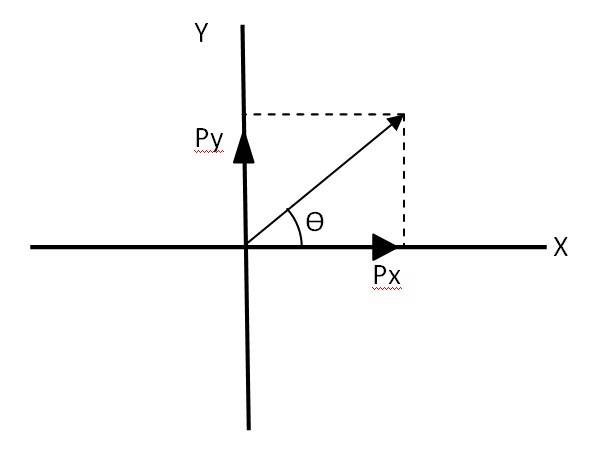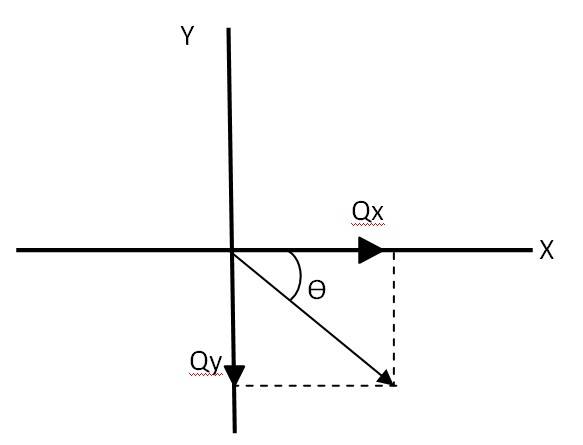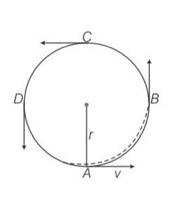Motion in a Plane
Get insights from 112 questions on Motion in a Plane, answered by students, alumni, and experts. You may also ask and answer any question you like about Motion in a Plane
Follow Ask QuestionQuestions
Discussions
Active Users
Followers
New answer posted
4 months agoContributor-Level 10
4.22

Let us consider a vector . The equation can be written as
Px = Py = 1 = = = …….(i)
So the magnitude of vector + =
Let be the angle made by vector , with the x axis as given in the above figure
= = , = 45 with the x axis

Let = -
– = ( –
= = 1
= =
Hence = . Therefore the magnitude of ( + =
Let be the angle made
New answer posted
5 months agoContributor-Level 10
Linear motion is one-dimensional motion. It refers to motion in a single direction or in a straight line. In linear motion, the object either moves forward or backward along one axis, i.e. x-axis. For example - a ball dropped from a height vertically downward or a car moving straight on a road. Motion in a Plane refers to an object moving in two dimensions, usually along x and y axes. For example, a football kicked at an angle.
New answer posted
5 months agoContributor-Level 10
The angle of projection is used to find the trajectory, horizontal range of a projectile, maximum height, and time of flight. For example, the maximum range on level ground is given by the 45-degree angle.
New answer posted
5 months agoContributor-Level 10
The vectors like velocity, displacement, and acceleration act along different directions in the two-dimensional motion. Resolving the vectors into the vertical and horizontal components allows the application of one-dimensional kinematic equations in each direction separately. It helps solve the problems more accurately and also simplifies the analysis.
New answer posted
5 months agoContributor-Level 10
This is a Multiple Choice Questions as classified in NCERT Exemplar
Explanation- |A+B|=|A-B|
=
4|A|B|cos =0
|A|2+|B|2cos =0
A=0 or B=0 so . so A perpendicular B
New answer posted
5 months agoContributor-Level 10
This is a Multiple Choice Questions as classified in NCERT Exemplar
Answer- a, b, c
Explanation- (i) speed will constant throughout
(ii) velocity will be tangential in the direction of motion
(iii) centripetal acceleration will be a= v2/r, will always be towards centre of the circular path.
(iv) angular momentum is constant in magnitude and direction out of the plane perpendicularly as well.

New answer posted
5 months agoContributor-Level 10
This is a Multiple Choice Questions as classified in NCERT Exemplar
Answer- a, c
Explanation – as we know average acceleration is aav=
But when acceleration is not uniform Vav is not equal to v1+v2/2
So we can write
= v2-v1 (t2-t1)
Taking an Exam? Selecting a College?
Get authentic answers from experts, students and alumni that you won't find anywhere else
Sign Up on ShikshaOn Shiksha, get access to
- 65k Colleges
- 1.2k Exams
- 679k Reviews
- 1800k Answers
